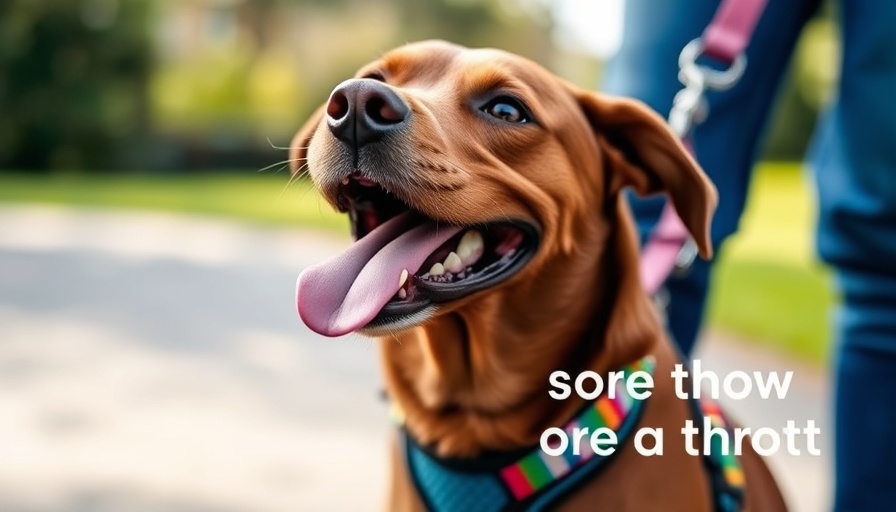
Finding the Right Feeding Schedule for Your Canine Companion
As pet parents, one of the fundamental questions we ask is, “How often should I feed my dog each day?” The answer can depend on various factors such as age, size, and activity level. This inquiry is essential because appropriate nutrition is crucial for a dog’s health and well-being. Understanding the nuances of canine diets can help strengthen our bond with these loyal companions.
Understanding Nutritional Needs Across Life Stages
Feeding schedules should adapt as dogs grow and age. Puppies, full of energy and requiring ample nutrients for growth, typically thrive on three to four meals a day. This frequency supports their rapid development and energetic play. Conversely, adult dogs usually manage well with two meals per day, allowing for consistent metabolism while accommodating family routines.
Senior dogs, however, may experience decreased activity levels and may benefit from smaller, more frequent meals based on their health needs. It’s critical to consult with a veterinarian to adapt feeding practices accordingly, ensuring your furry friend receives the appropriate nutrition tailored to their lifestyle.
Portion Control: The Key to Healthy Feeding
Besides frequency, the quantity of food served also plays a significant role. Overfeeding can lead to obesity, while underfeeding can lead to malnutrition. Carefully measuring out portions based on the specific dietary requirements outlined by your vet and the feeding guidelines on food packaging is vital. Keep energy levels and body condition in mind, adjusting portions accordingly.
Feeding Routine Tips for Busy Pet Parents
Life can be hectic, making it challenging to maintain a dog’s feeding schedule. There are creative solutions to ensure your dog eats on time. Automatic feeders can help dispense meals when you are not home, while scheduled feeding times during quiet moments can create a daily ritual. Dogs thrive on routine; establishing a consistent schedule can promote better digestion and compliance with feeding practices.
Emotional Benefits of Scheduled Feeding
Feeding your dog is not just a physical act; it's an emotional connection. Regular meal times provide comfort and stability for our pets. These dedicated moments can give your dog a sense of security and a unique bonding opportunity. Engaging them with affection and encouragement when it’s time to eat reinforces positive behaviors and deepens the pet-owner relationship.
Consultation: Expert Advice for Tailored Nutrition
For personalized nutrition and feeding schedules, consulting with a canine nutritionist can be invaluable. Experts can offer tailored guidance that considers your dog’s specific lifestyle, activity levels, and any health concerns. With their professional input, you can confidently curate a brighter and healthier future for your beloved canine companion.
The Importance of Hydration Alongside Feeding
While discussing feeding frequencies, we must also address hydration. Fresh water should always be available alongside meals, as it ensures proper hydration—essential for digestion and overall health. Many pet owners overlook hydration, but combining appropriate feeding practices with sufficient water intake leads to optimal well-being.
Conclusion: The Path to a Happy, Healthy Dog
Feeding your dog properly encompasses much more than simply filling a bowl with food. It involves understanding the dietary needs of your pet at various life stages, maintaining a consistent schedule, controlling portions, and ensuring proper hydration. Ultimately, crafting a fun and loving mealtime experience promotes connection and nourishes your furry friend’s body and soul.
 Add Row
Add Row  Add
Add 




Write A Comment